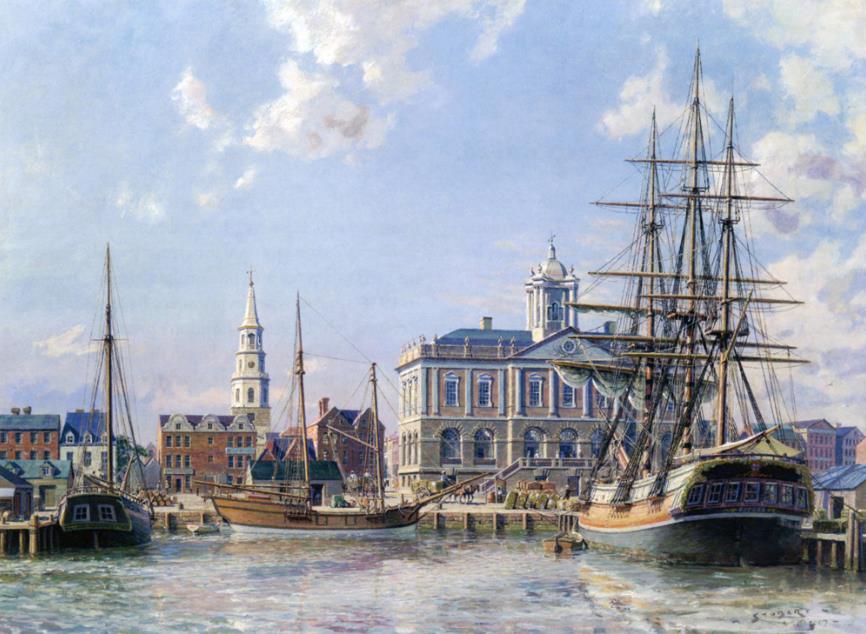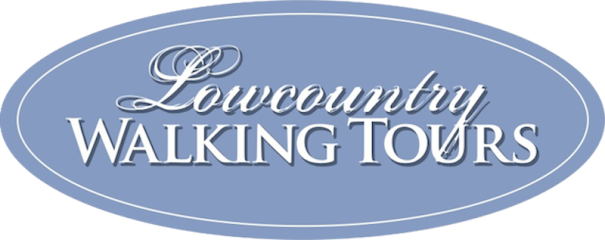Charleston Tea Party Protest

You’ve probably heard of the Boston Tea Party. You might have even heard of the New York Tea Party. If you roll in certain crowds, there’s a good chance you’re familiar with Winnie the Pooh’s Tea Party. But did you know that Charleston was also the site of an important tea party protest?
Just like the other (more famous) tea parties, this one was the result of what the locals considered was an unfair tax on tea imposed by the British. While Charleston’s protest wasn’t as dramatic as other cities’ (no tea was hurt nor destroyed in the making of this protest), it certainly played a significant role in the events leading up to the Revolutionary War.
Why Did the Colonies Hate Tea So Much?
It wasn’t the tea that the colonies hated per se, it was the steep tax on this popular steeped beverage that boiled the colonies’ blood. Sorry, Americans love puns as much as we disliked the tea tax.
By 1767, the British had been heavily taxing all tea sent to the colonies. The 1767 Townshend Revenue Act was one of the first acts to place such taxes on tea, glass, paper, and paint. The colonies didn’t produce these products themselves and colonists were prohibited from purchasing them directly; all goods in these categories headed for the colonies needed to go through London first.
That doesn’t mean that all tea did in fact head to London before the Americas. In fact, much of the tea that landed in North America was smuggled directly from the Netherlands.
Tell Me About Other Tea Parties
Everyone knows that in America, we like to party. We like, we like to party. We also abhor taxation without representation. Which is why Charleston wasn’t the only site of a tea-related protest in the colonies.
Boston Tea Party
Yes, the Boston Tea Party was the most infamous of all the tea parties in the U.S. In December 1773, the Sons of Liberty boarded ships carrying British tea and dumped the chests into the harbor. Historians agree that this one event was possibly one of the largest catalysts of the Revolutionary War in 1776.
Did you know that Charleston Revolutionary War history can still be seen all over the city? Book our Historic Walking Tour to learn more about the city’s Revolutionary past!
New York Tea Party
In April 1774 (only four months after the Boston Tea Party), rebels boarded British ships docked in the New York Harbor and dumped 18 chests of tea into the water.
Philadelphia Tea Party
Only nine days after the Boston Tea Party, Philadelphians threatened to destroy the largest shipment of tea ever sent to the Americas. Instead of dumping the tea into the water, colonists simply demanded the tea be sent back to England. The captain complied.
Let’s Back Up a Bit First: Events Leading Up to the Charleston Tea Party
The Charleston Tea Party was by no means the first. But every act of disobedience was a blow to the British.
In addition to the Boston, New York, Philadelphia, and Charleston Tea Parties, there were six other tea party protests in the colonies. Residents had gotten so fed up with all the taxes they were paying on goods that they were more than happy to jump on board these acts of civil disobedience.
Wait — Doesn’t Charleston Grow Its Own Tea?
Tea wasn’t imported to plant in Charleston until the late 1700s — which means that the city wasn’t self-sufficient yet in the tea department.
Major Players in the Charleston Tea Party Protest
There’s a good chance that if you’ve visited Charleston, you’ll recognize some of the names of the major players in this protest.
One of the most famous people to get involved was none other than Charles Pinckney. He, along with another famous Charlestonian, Christopher Gadsden, convinced local merchants that they wouldn’t buy or sell any of the highly taxed tea. Both Pinckney and Gadsden were famous patriots and played vital parts in the Revolutionary War.
Dec. 3, 1773
Finally, this all came to a head in December 1773. On Dec. 3.
Yes, before the Boston Tea Party.
So why don’t we remember the Charleston Tea Party? Why does the Holy City’s history get buried when it — pardon our pun — revolutionized tea parties?
Probably because the events of our little tea party weren’t as dramatic as those of Boston.
When a ship carrying over 200 chests of tea arrived in the harbor, the tea was simply seized and brought ashore. While the tea wasn’t sold, it was the only tea that had made it to shore in the colonies.
It wasn’t until 1774 that South Carolina got their second chance to make a statement. When another ship carrying tea made its way into the harbor in November of that year, the patriots were ready for it. The tea ended up in the harbor and Charlestonians finally got their dramatic tea-dumping day.
Charleston in the Revolutionary War
It’s no surprise that Charleston also played a major role in the American Revolution. In fact, one of the harshest blows the American troops suffered was in the Holy City. The Americans almost lost the Revolutionary War in 1780 when the British took Charleston.
Though the capture of Charleston by the British happened nearly seven years after the Charleston Tea Party, the passion of the patriots could still be felt here.
And while Charleston’s tea party wasn’t the most famous in American history, its importance in the events leading up to the Revolutionary War (and America’s independence) lives on.
